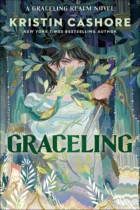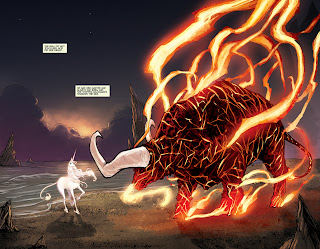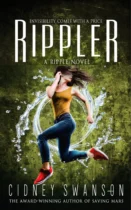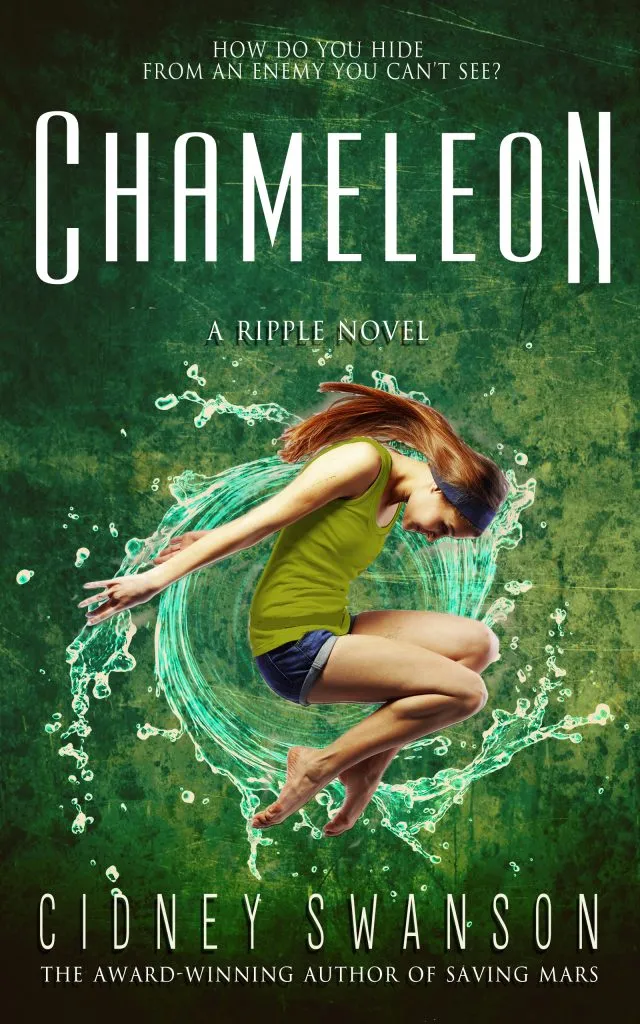Book Spotlight: Graceling (The Seven Kingdoms Trilogy, Book 1) by Kristin Cashore

Since this post was published, two more books—Winterkeep (2021) and Seasparrow (2022)—were released, and the 5-book series was re-released as The Graceling Realm Series.
Book Spotlight: Graceling (The Seven Kingdoms Trilogy, Book 1) by Kristin Cashore
WELCOME back, Beardies!
Back at the beginning of May, Joshua asked me for a list of titles I’d like to feature for Book Spotlight. Bitterblue, the final installment in Kristin Cashore’s Seven Kingdoms Trilogy, had just come out, and the trilogy as a whole topped the list. I even owned all the books and had already read the first two. Because of all the reading I have to do for my job, though, often the books that I own fall to the bottom of the pile because I have all the time in the world, rather than the three weeks allowed by a library checkout, to read them. Thus, months passed, and a Spotlight on Seven Kingdoms never came. Then, one night, I asked Joshua for my weekly assignment, and he specifically asked me to read Bitterblue. Turns out, in his words, he’d “been waiting for that Spotlight with white knuckles.” Well, what could I do but oblige him?
Originally, I set out to do just one post on The Seven Kingdoms Trilogy, but quickly realized that the trilogy simply had too many strong points and too much depth for one post to do it justice. So, at Joshua’s encouragement, I have decided to cover this trilogy in three separate posts. The first installment of the trilogy, Graceling, hit shelves in 2008 with immediate success, bagging tons of literary hardware. It was named a Best Book for Young Adults by the American Library Association; was a finalist for the William C. Morris Award for best young adult debut novel that year; and also snagged the Mythopoeic Fantasy Award for Children’s Literature.
{—PREMISE—}
IN the Seven Kingdoms, sometimes a child is born with a supernatural talent known as a Grace. A Grace can be anything from mind-reading or weather prediction to the ability to climb any tree in creation. Katsa has a frightening Grace: She’s been able to kill people with her bare hands since she the age of eight. Katsa’s uncle, King Randa, has used her as an enforcer and thug for years, sending her to kill or maim subjects who don’t obey his every whim. Tired of being used, Katsa takes matters into her own hands, forming a group called the Council that operates undercover to prevent her from having to do Randa’s bidding. Then a Council mission leads her to a new friend, a young princess in grave danger, and a sadistic ruler with a secret even more deadly than her Grace.
{—GEMS FOR WRITERS—}
1. HEROINE AS ARTFORM...
KATSA is a heroine for the ages and truly stars in her role as Graceling’s protagonist. Her character arc is complete and realistic. In the beginning she is only able to see herself as the Graced thug that her uncle has made her to be, but the moment when she has the courage to take matters into her own hands makes the reader want to stand up and cheer. By the end of the book, she sees herself as far more than just King Randa’s enforcer, and her process of self-discovery is beautifully done. This stellar piece of characterization landed Graceling on the Amelia Bloomer Project List of best feminist literature for young adults in 2009.
2. PLOTTING & PACING...
The Seven Kingdoms Trilogy as a whole is a fine example of complex plotting, and this first volume sets the stage. Graceling is perfectly paced. It hits the ground running with Katsa’s dramatic rescue of a kidnapped prince, and it never looks back. The action is nonstop, but also organic, never feeling forced or contrived. There are enough quiet moments to allow the reader to catch their breath, but the plot doesn’t drag down. The ending, too, leaves the reader content, with plenty of room for a sequel.
3. WORLD BUILDING & CULTURAL VIEWS...
KRISTIN CASHORE’s Gracelings are so realistically drawn, it takes an effort not to look for them in real life, but what really resonates with me is the way that Gracelings are treated by society—and the way that Cashore builds this flawlessly into her world. A Graced person has eyes of two different colors, so they are easy to pick out from a crowd. In most of the Seven Kingdoms, Gracelings are feared or reviled. All Graceling children are given to the King as soon as their eyes “settle” into two different colors. If the child’s Grace is useful to the King (such as Katsa’s killing), the child becomes the property of the King; if not, the child is sent home in disgrace and usually lives as an outcast for the rest of their life.
{—RATING—}
{—CONCLUSION—}
Graceling is the perfect blend of solid world-building, fast-paced adventure, and phenomenal characterization. It stands alone easily, but also leaves the reader eager for more stories about these characters. While I don’t often agree with award selection committees, I do agree that Graceling has all the makings of a modern classic and is a feast for readers and writers alike. I hope you’ll join me in the next few days for my Book Spotlights on Fire and Bitterblue.
Happy Reading & Happy Scribing!

ELIZABETH J. NORTON
***Graceling (2008) by Kristin Cashore, are published by and copyright Houghton Mifflin Harcourt.


























